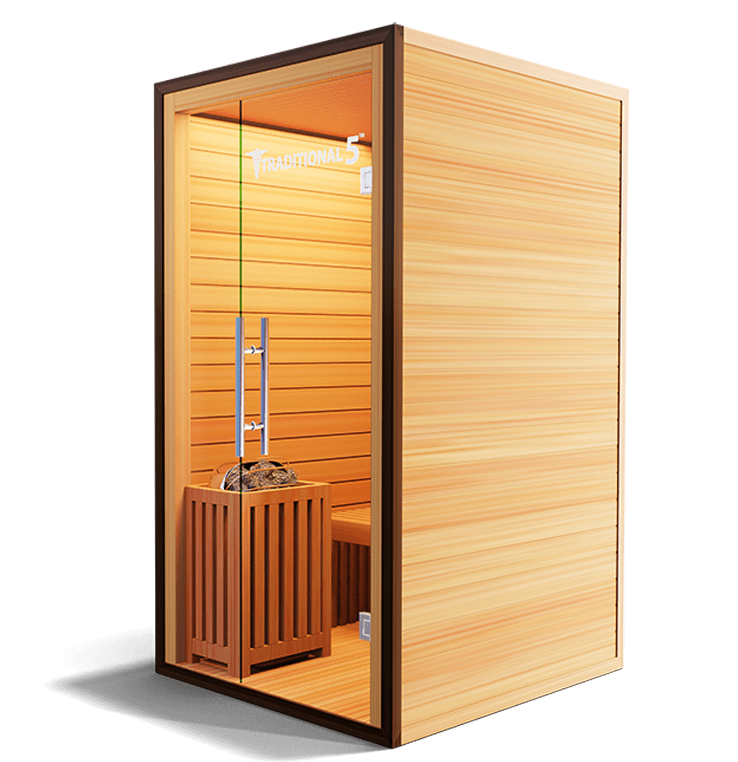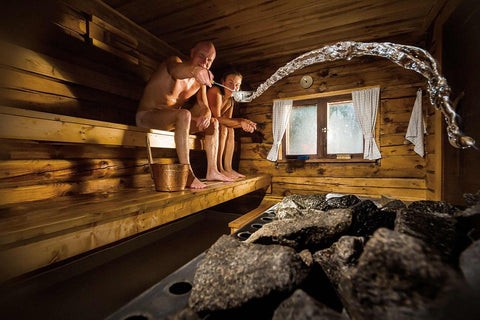The Ultimate Guide To Traditional Sauna
The Ultimate Guide To Traditional Sauna
Blog Article
Traditional Sauna - Truths
Table of ContentsUnknown Facts About Traditional SaunaNot known Details About Traditional Sauna The Single Strategy To Use For Traditional SaunaGetting The Traditional Sauna To Work
A lot of the weight shed in a sauna is water loss and is re-gained upon rehydrating. However, undoubtedly sauna can be a fundamental part of a healthy weight-loss program. To check out the distinctions in between standard and IR saunas, I will separate these into verifiable, academic, and made distinctions.Thus, the most popular factor in the saunawhich is at the ceiling directly above the sauna heateris normally in between 185 and 190 F. Traditional Sauna. Claims that a standard sauna exceeds 200 F is merely not real and not suitable for electric saunas marketed in the United States. The temperature for a far-infrared sauna is typically set in between 120 and 140 F; nonetheless, unlike the typical sauna, the objective in and IR room is not to attain a heat
As a result of this, the temperature distinction is practically irrelevant, considering that excessive sweating results in both sauna types, however the approach of heating up the body is different. In an IR sauna the bather will certainly feel hot and will certainly sweat profusely, yet at much lower temperature levels. Hence, if the goal is to invest longer amount of times in the sauna, the IR sauna is a great selection.

Fascination About Traditional Sauna
When the heat is attained, the elements cycle on and off to maintain the high temperature. Many standard sauna users take pleasure in putting water over the rocks to develop heavy steam to increase sauna moisture degrees. The benefits of putting water over the rocks consist of: making the room extra comfy, dampening the nasal flows, and permitting the usage of aromatherapy by mixing necessary oils with the water.
In a far-infrared sauna, the warmth waves permeate the body to properly warm the body and elevate the body core temperature. To accomplish this boosted temperature, Far-infrared emitters create infrared energy which is close to the very same wavelength as that which the body naturally emitsoften described as the "Essential Array" of 7 to 14 microns), so the power is well received by the body.
When the power gets in the body, it triggers the body temperature to raise and ultimately results in sweat. In an see this infrared sauna it's essential for the emitters/heaters to continue to be on almost constantly. Since there is no mass of rocks to maintain warmth, the sauna will certainly cool if the emitters turned off.
As mentioned over, the sauna bather in an infrared area desires to position himself before running emitters to obtain optimal Check This Out gain from the warmth. The home heating time for both spaces can be very various, depending upon how the areas are used. For a typical sauna, a bather needs to enable 30-40 minutes for the room to achieve a desired temperature and to correctly pre-heat the rocks.
8 Simple Techniques For Traditional Sauna
A well constructed sauna will usually accomplish a temperature level of 150-160 F in regarding 30-40 mins. For hotter temperature levels, the area may need to heat for a longer period.
To some, 15 minutes was "squandered" while the infrared power heated the wood panels instead than warming a body, while others locate a pre-heated area to be a lot more comfy and think a raised beginning temperature is essential to begin perspiring. The length of recommended use for each room is roughly the exact same (10-15 mins per session); nonetheless, because of the lower air temperature levels and the ability to feel the effects of infrared warm quicker than a typical sauna, it is not unusual for an individual to spend a total amount of 20-30 mins in an infrared sauna.
Typical saunas often tend to be bigger (hence use even more electricity) than infrared saunas, although traditional saunas are certainly offered in one and 2 individual sizes too. Click This Link For a two-person conventional sauna, 5x6 or 5x7 size is most preferred. The leading bench can conveniently seat two or 3 people and is also long sufficient to exist down during the sauna session.


The typical expense per kWH of power in the U.S. is around $0.11, so a 4.5 kW heating unit will certainly cost around $.50 to run for one hour, if the heater runs continually for one hour. Normally a sauna heater will run for 75% of the very first hour and 50% of succeeding hours on considering that the components cycle once the set temperature level is accomplished.
An Unbiased View of Traditional Sauna
A 2 individual far-infrared area is generally literally smaller sized than a traditional sauna, commonly concerning 4' x 4' or smaller sized. The IR heating unit is usually 1.5-1.7 kW utilizing a 120 volt 15 amp plug-in solution. Since the area can be made use of sooner than a sauna room, we will assume the space is made use of for to of an hour consisting of warmth up time.
There is a hardly ever discussed distinction in the social experience in between the 2 spaces. While our culture has actually lost a few of the social advantage of the typical sauna experience, it can be really socially rewarding. From family time in the sauna, to heart-felt conversations with loved ones, to sauna partiesthe standard sauna experience can cause intimate interacting socially.
A lot of higher end infrared rooms consist of colored light therapy, audio systems and full-glass fronts.
Report this page